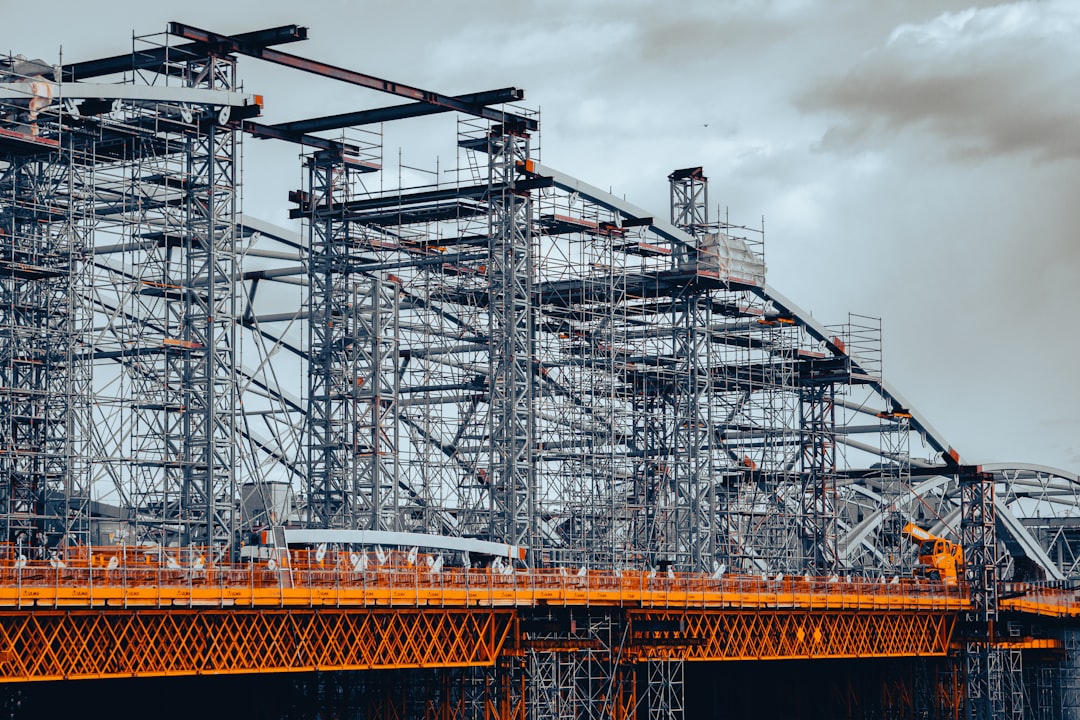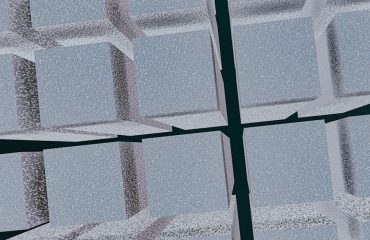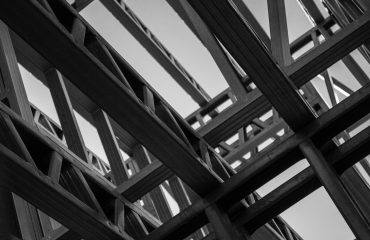Industrial steel frame projects are transforming the landscape of construction, offering unparalleled strength, flexibility, and speed. From towering warehouses to sleek modern factories, steel frames are the backbone of numerous large-scale constructions. This comprehensive guide delves into the intricacies of these projects, exploring their design, construction, advantages, diverse applications, and future trends.
The Design Process: Blueprint to Reality
The design phase of an industrial steel frame project is critical. It involves a detailed analysis of the intended use of the structure, load-bearing requirements, and site-specific conditions. Experienced structural engineers utilize advanced software to create precise 3D models, ensuring optimal structural integrity and efficiency. These models account for factors such as wind loads, seismic activity, and snow accumulation, depending on the geographical location. Detailed drawings are then produced, outlining the specifications for each steel member, including dimensions, grade of steel, and connection details. Collaboration between architects, engineers, and contractors is crucial during this phase to ensure a seamless transition from design to construction.
Material selection is another key aspect of the design process. Different grades of steel possess varying strengths and properties, making the choice of steel grade vital for ensuring the structure meets its intended purpose. The design also considers the type of connections used – bolted, welded, or a combination – which impact both the strength and the speed of construction. Sustainable design practices are increasingly integrated, with considerations given to minimizing material waste, utilizing recycled steel, and optimizing energy efficiency throughout the building’s lifecycle.
Construction Techniques: Precision & Efficiency
The construction of industrial steel frame projects is a carefully orchestrated process. It typically begins with site preparation, including excavation and foundation work. Once the foundation is complete, prefabricated steel components are transported to the site. These components, often fabricated off-site in controlled environments, are precisely engineered to fit together, ensuring accuracy and minimizing on-site welding. This prefabrication significantly speeds up the construction process and minimizes potential errors. Heavy machinery, such as cranes and forklifts, is used to lift and position the steel members into place. Experienced welders and ironworkers ensure the secure and accurate joining of the steel components. Quality control measures are implemented throughout the construction process to guarantee compliance with design specifications and safety standards.
Modern construction techniques often incorporate Building Information Modeling (BIM), a digital representation of the physical and functional characteristics of a facility. BIM aids in coordinating different trades, optimizing material usage, and enhancing overall project management. This technology minimizes clashes between different components and improves the overall efficiency of the construction process.
Advantages of Steel Frame Construction: Strength & Sustainability
Industrial steel frame construction offers several key advantages over traditional methods. Firstly, steel’s high strength-to-weight ratio allows for the construction of larger, more open spaces with minimal internal support columns. This translates to increased usable floor space and improved flexibility in layout. Secondly, steel frames are incredibly durable and resistant to various environmental factors, including fire and earthquakes (when properly engineered). This resilience contributes to a longer lifespan and reduced maintenance costs. Thirdly, the speed of construction is significantly faster compared to other materials, leading to quicker project completion and reduced overall project costs.
Furthermore, steel is a highly recyclable material, contributing to the sustainability of these projects. The use of recycled steel in construction reduces the demand for newly mined materials, lowering the environmental impact. Modern steel frame designs also frequently incorporate energy-efficient features, leading to reduced operational costs and a smaller carbon footprint over the building’s lifetime.
Applications: Versatility Across Industries
The versatility of industrial steel frame construction makes it suitable for a wide range of applications. Large warehouses and distribution centers benefit from the open floor plans and adaptability offered by steel frames. Manufacturing facilities can leverage the strength and durability of steel to accommodate heavy machinery and equipment. Agricultural buildings, such as barns and storage facilities, can utilize steel frames for their cost-effectiveness and longevity. Moreover, steel frames are increasingly used in the construction of commercial buildings, including offices and retail spaces, offering a modern and aesthetically pleasing design.
The adaptability extends to specialized structures as well. Steel frames are suitable for high-bay warehouses, cold storage facilities, and even specialized industrial structures requiring specific environmental controls. The design flexibility allows for customization to meet the unique requirements of each project.
Future Trends: Innovation & Sustainability
The future of industrial steel frame projects is marked by ongoing innovation and a growing emphasis on sustainability. The integration of advanced materials, such as high-strength steel and composite materials, is expected to further enhance the strength and efficiency of steel structures. The use of Building Information Modeling (BIM) and other digital technologies will continue to optimize the design and construction process, leading to greater precision and reduced waste. Furthermore, advancements in sustainable design practices, such as the incorporation of green building materials and energy-efficient systems, will play a crucial role in reducing the environmental impact of these projects.
Research into new steel alloys and fabrication techniques is constantly pushing the boundaries of what’s possible with steel frame construction. This includes exploring the use of lighter, stronger steels and developing more efficient connection methods. The focus on sustainability will likely lead to increased use of recycled steel and the integration of renewable energy sources within the design of these structures.
In conclusion, industrial steel frame projects are a testament to the power and precision of modern engineering. Their strength, durability, speed of construction, and versatility make them an ideal choice for a wide range of applications. As technology advances and sustainability concerns become increasingly paramount, the future of industrial steel frame construction looks bright, promising even more innovative and eco-friendly solutions.
SEO Tags:
#IndustrialSteelFrame #SteelConstruction #SteelBuilding #WarehouseConstruction #IndustrialBuildings




